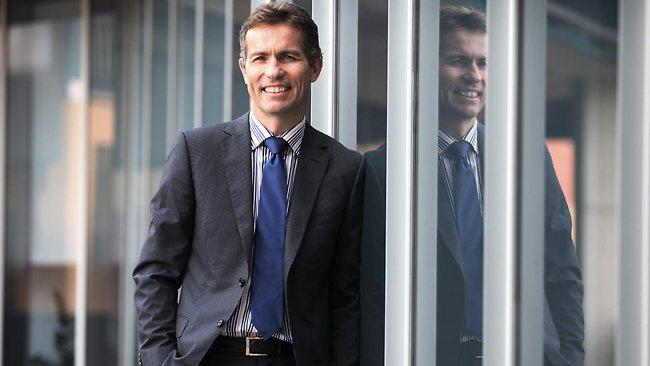Measuring research benefits
THE government will gauge the value of publicly funded research and allocate part of its $8.2 billion annual spend accordingly.

THE federal government will embark on the gargantuan task of measuring benefits flowing from publicly funded research and use those findings to allocate a proportion of the $8.2 billlion spent on grant funding each year.
The announcement by tertiary education minister Chris Evans is a compete about-turn from current policy, which is explicitly to measure research quality, but not impact.
The task will be to measure the social, economic and environmental benefits flowing from government-funded research in universities, the CSIRO and medical research institutes.
Senator Evans told a research symposium in Canberra yesterday that "it is important that we can show this research is providing tangible benefits to the nation and all parties are getting value for money."
By September 2013 he expected that "research impact measures" which were aligned to funding streams would be finalised.
The government's policy has been to measure quality but not impact after strident opposition from research intensive universities which felt it would undermine their predominately blue skies research endeavours.
Such research has long time frames and no guarantee of success, but is the basic building block of all new knowledge.
The government's quality audit, Excellence for Research in Australia, simplified an earlier Howard government model and ditched the impact factor because it was too complex and expensive.
The government's backtrack was announced at a symposium to discuss the results of a self-funded trial of research impact by 12 universities. The trial found 87 per cent of the case studies reviewed were deemed to show "considerable" or better research.
Peter Hoj, vice-chancellor of the University of Queensland, heralded the news as a "major step forward". He also welcomed Senator Evans' assertion that said any measure of research impact would have a very strong business focus.
Professor Hoj said research-intensive universities such as his would be more likely to accept the proposed impact factor because the government had promised to keep it separate from the audit of quality, thereby avoiding confusion between the two.
Stuart Cunningham, a distinguished professor of creative industries at the University of Queensland said there is often no correlation between quality and impact. Astronomy and astrophysics, the research areas of Australia's latest Nobel laureate, Brian Schmidt, have no impact at all.
He said assessment of certain arts and humanities areas were also extremely difficult to assess, and would need to be very nuanced.
For instance, the impact of the cervical cancer vaccine Gardisil was easy to measure, but the value of an Aboriginal novelist writing stories and myths for local indigenous communities about their heritage and culture was much harder to ascertain.



